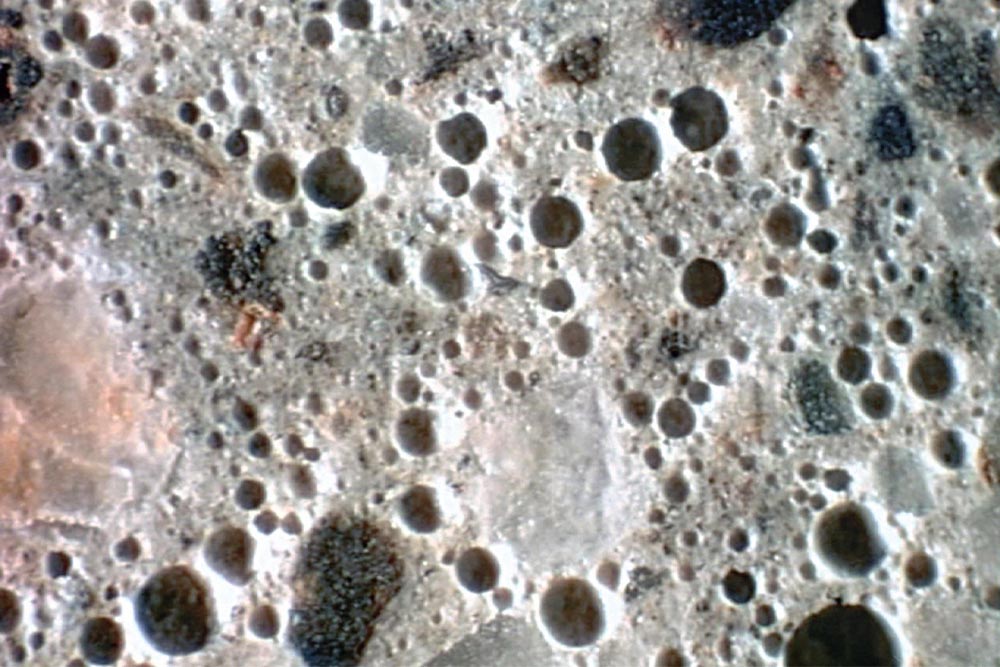Air entraining additives were initially developed in the 1930s. They are usually defined as the products added to the concrete production. These additives reduce the surface tension and prevent the air void from coming together. They secure the air voids with cement and aggregate parts.
Air entraining ensures that small air voids remain in the concrete. The diameter of these small voids is less than 1 mm and is usually between 0.01 mm and 0.1 mm. Air entraining additives are products that are included in a chemical group called “surfactants”. One end of the molecules is hydrophilic (requires water) and carries a positive or negative electric charge. The other end is not mixed with water and exhibits a hydrophobic feature.
A film is created that pushes water around the air void (repeller). This hyperlink explains the working mechanism of air entraining additives. These additives are formed with a combination of different raw materials. The primary raw materials can be considered as tree resin salts (from pine logs), synthetic detergent (from oil fraction), lignosulfonates (from the paper industry).
It also includes acidic salts (from petroleum treatment), protein salts (from animal skin), oily and resin salts (from the paper industry, animal skin), sulfonated hydrocarbon salts (from oil refinery). These additives can have different effects on the air voids, depending on the various factors. For example, the type and amount of additives, the coherence with other additives and the mixture time determine the size, propagation and continuity of voids. The important thing is that small voids exist in concrete with a suitable distribution. It is possible to measure the propagation and size with the dimensions L and α, air parameters. But the specifications usually include total air voids because they are more easily calculated.
The air entraining materials increase the freezing resistance of concrete, as well as provide other benefits. They increase the processing of concrete due to their round shape. Therefore, a lower water-cement ratio or better processability can be achieved. This feature will result in increased resistance and durability.
It also leads to lower decomposition and sweating since less water is used. Air voids prevent the collapse of small cement and aggregate parts. The air gap also provides room for the expansions caused by the reaction, increasing the resistance of concrete against sulfate and alkali-silica reactions.







